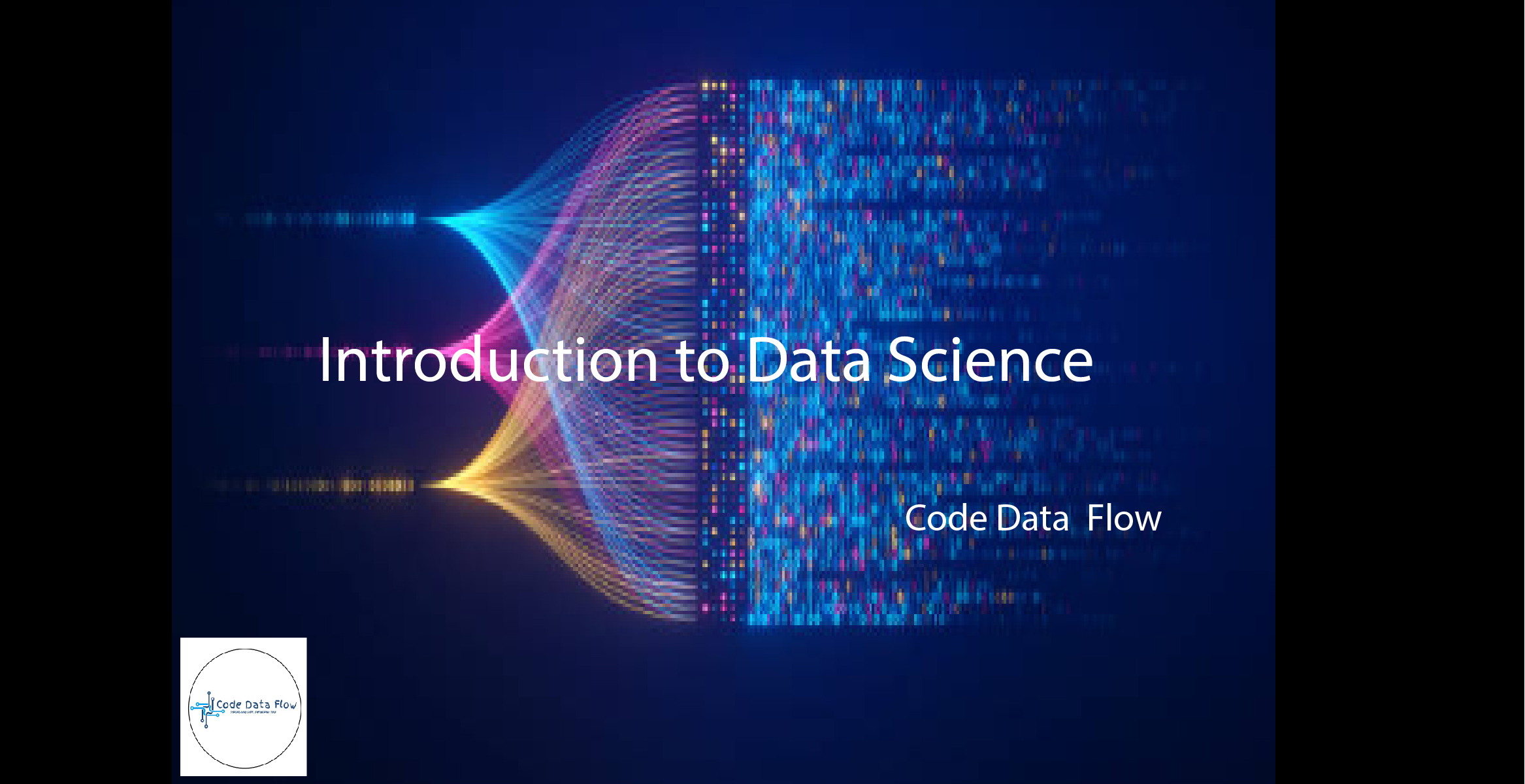
Introduction to Data Science
In this lecture we will discuss about introduction to Data Science
What is Data Science?
In order to get insights from both organized and unstructured data, data science is an interdisciplinary field that integrates statistical analysis, machine learning, data visualization, and domain expertise. To address real-world issues, it entails gathering, processing, evaluating, and interpreting data. To find patterns and make wise judgments, data scientists employ methods and tools from business intelligence, mathematics, and computer science.
Key components of Data Science include:
- Data Collection: Gathering data from various sources such as databases, APIs, and IoT devices.
- Data Cleaning & Preprocessing: Removing inconsistencies and preparing data for analysis.
- Exploratory Data Analysis (EDA): Understanding data trends and distributions.
- Model Building & Machine Learning: Developing algorithms to make predictions.
- Data Visualization: Presenting findings in an understandable way using graphs and dashboards.
- Decision Making: Using data-driven insights to guide strategies and actions
Where is Data Science Needed?
Data Science is widely used throughout industries, enabling businesses and organizations make data-driven choices. Some significant domains where Data Science is essential include:
1. Healthcare
- Disease prediction and diagnosis
- Drug discovery and personalized medicine
- Patient care optimization
2. Finance & Banking
- Fraud detection
- Credit risk analysis
- Algorithmic trading
3. Retail & E-commerce
- Customer behavior analysis
- Recommendation systems
- Inventory management
4. Marketing & Advertising
- Customer segmentation
- Targeted marketing campaigns
- Sentiment analysis
5. Manufacturing & Supply Chain
- Predictive maintenance
- Demand forecasting
- Quality control
6. Social Media & Content Creation
- Content recommendation
- Fake news detection
- Sentiment analysis
7. Cybersecurity
- Threat detection
- Network security
- Anomaly detection
How Does a Data Scientist Work?
A data scientist solves data-driven challenges in an organised manner. The standard process consists of:
1. Problem Understanding
- Identifying business objectives and translating them into data problems.
- Defining key performance indicators (KPIs).
2. Data Collection & Preparation
- Extracting data from various sources (databases, APIs, web scraping, etc.).
- Cleaning and preprocessing data (handling missing values, feature engineering, normalization, etc.).
3. Data Exploration & Analysis
- Performing Exploratory Data Analysis (EDA) to understand data patterns.
- Using statistical and visualization techniques to derive insights.
4. Model Selection & Machine Learning
- Choosing appropriate machine learning models (classification, regression, clustering, etc.).
- Training models on historical data and optimizing their performance.
- Evaluating models using metrics like accuracy, precision, recall, and F1-score.
5. Deployment & Interpretation
- Deploying models in production environments (web apps, APIs, dashboards, etc.).
- Communicating insights to stakeholders through reports and presentations.
- Monitoring model performance and retraining as needed.
Where to Start in Data Science?
If you’re new to Data Science, follow this structured learning path:
Step 1: Learn the Basics
- Mathematics & Statistics (Probability, Linear Algebra, Calculus)
- Programming (Python, R, SQL)
- Data Manipulation (Pandas, NumPy, Excel)
Step 2: Explore Data Science Libraries
- Data Visualization (Matplotlib, Seaborn, Plotly)
- Machine Learning (Scikit-learn, TensorFlow, PyTorch)
- Data Handling (SQL, MongoDB, Spark)
Step 3: Work on Projects
- Start with small projects like data analysis of public datasets.
- Participate in Kaggle competitions.
- Build end-to-end projects such as predictive modeling and recommendation systems.
Step 4: Learn Advanced Concepts
- Deep Learning (Neural Networks, CNN, RNN, Transformers)
- Big Data (Hadoop, Spark)
- Cloud Platforms (AWS, Google Cloud, Azure)
Step 5: Build a Portfolio & Network
- Showcase projects on GitHub or a personal blog.
- Connect with industry experts via LinkedIn and conferences.
- Apply for internships or freelance projects.
Conclusion
Better decision-making through data-driven insights is made possible by the powerful discipline of data science, which is revolutionising sectors. Gaining expertise in data science may lead to a wide range of career options, including positions in marketing, finance, healthcare, and AI research. Learn the basics, practise with real-world projects, and keep upgrading your abilities to get started on your path right now!